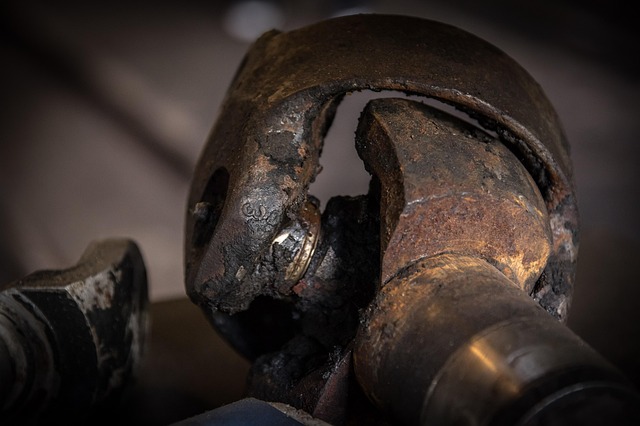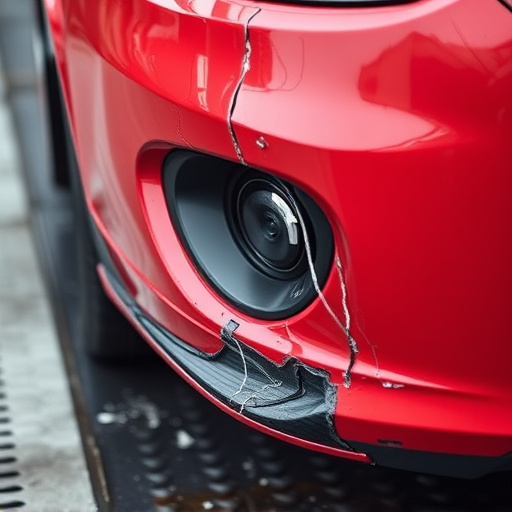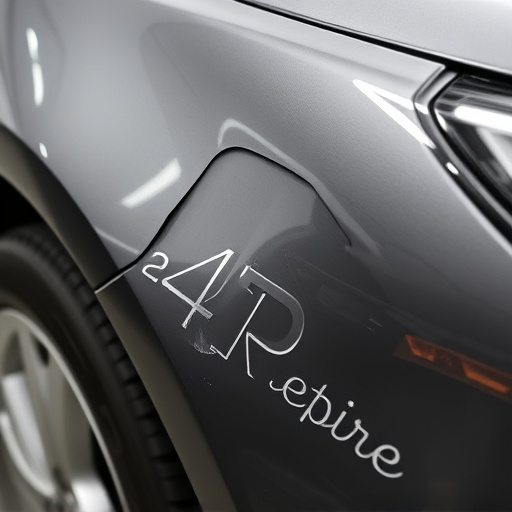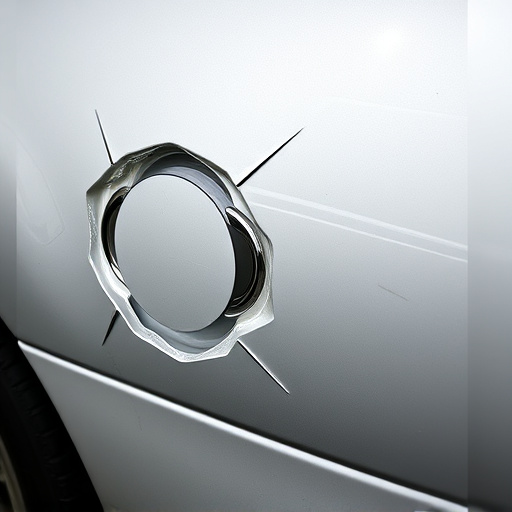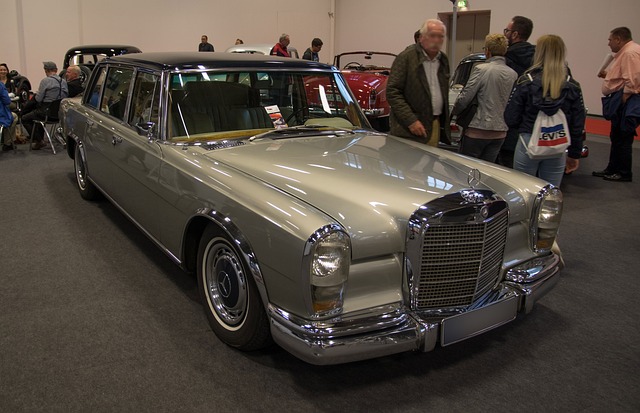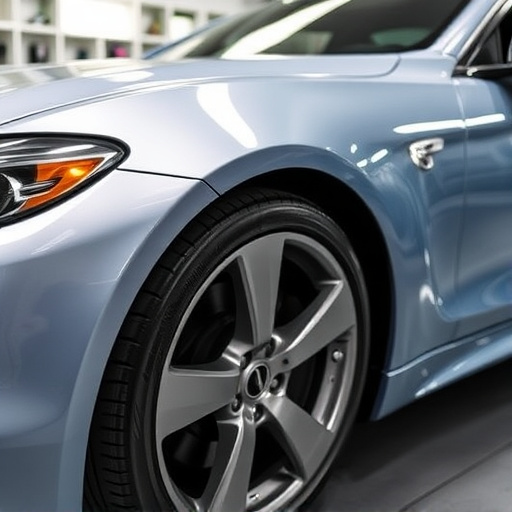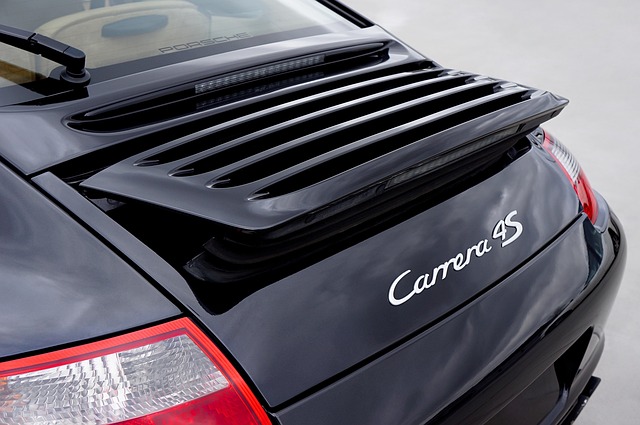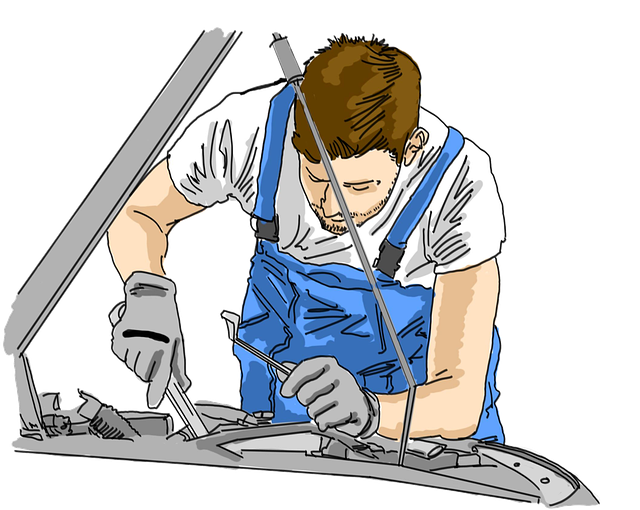PDR for minor dents is a cost-effective, non-invasive method to repair car damage without extensive paint work. It saves time and money compared to traditional body shop repairs, reduces repair times, and avoids environmental emissions. However, it may not be suitable for extensive damage or hard-to-reach areas; deeper dents or structural issues require more intensive collision repair techniques. Consult a reputable PDR specialist to assess specific damage and budget.
Is PDR (Paintless Dent Repair) still a worthwhile investment for fixing those pesky little dents? In today’s world, where convenience and sustainability matter, understanding PDR’s potential is key. This article explores why PDR for minor dents can be an excellent, cost-effective solution, highlighting its time-saving and eco-friendly benefits. We also delve into when PDR might not be the best option, helping you make informed decisions regarding your vehicle’s upkeep.
- Understanding PDR: A Cost-Effective Solution for Minor Dents
- Benefits of PDR: Time-Saving and Eco-Friendly
- When is PDR Not Worth Your Effort? Identifying Potential Drawbacks
Understanding PDR: A Cost-Effective Solution for Minor Dents
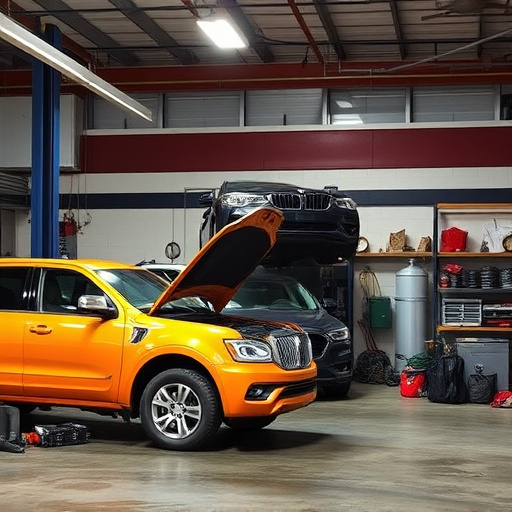
PDR, or Paintless Dent Repair, is a specialized technique that has gained popularity as a cost-effective solution for minor dents and scratches on vehicles. This non-invasive method allows auto body services to restore the appearance of damaged cars without extensive paint work, which can be both time-consuming and costly at luxury vehicle repair centers. By using advanced tools and trained technicians, PDR effectively removes dents from various panels, including door, fender, and hood areas, leaving no visible traces of damage.
Compared to traditional body shop repairs, PDR offers several advantages, especially for minor dented areas that might otherwise be left untreated due to cost concerns. It is a more affordable auto body service option, as it requires less labor and material, making it an attractive choice for vehicle owners looking to maintain the value of their cars without excessive luxury vehicle repair expenses. Many vehicle body shops now offer PDR as part of their array of services, recognizing its efficiency in addressing common types of dents swiftly and effectively.
Benefits of PDR: Time-Saving and Eco-Friendly
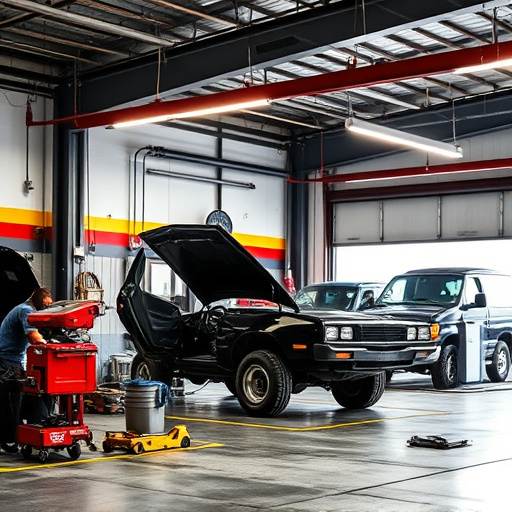
PDR for minor dents offers a multitude of advantages over traditional car paint services, especially when it comes to time-saving and eco-friendly practices. By utilizing this method, auto collision centers can significantly reduce the amount of time required to repair smaller imperfections on vehicles. It’s a quicker process compared to car collision repair methods that involve extensive painting and drying. This efficiency not only saves customers’ time but also minimizes their wait periods during busy seasons.
Moreover, PDR is an eco-conscious choice. Unlike standard car paint services, which can generate significant waste and emissions due to the use of solvents and large amounts of new paint, PDR does not require the application of new paint. This reduces the carbon footprint associated with auto collision repair, making it a more sustainable option for both businesses and consumers concerned about their environmental impact.
When is PDR Not Worth Your Effort? Identifying Potential Drawbacks
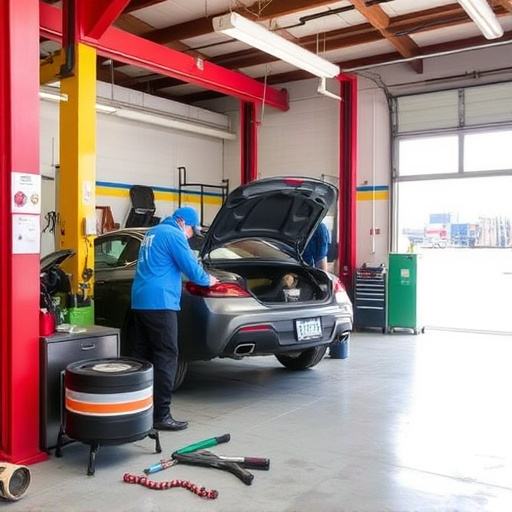
While PDR for minor dents offers numerous benefits, such as cost-effectiveness and minimal downtime for vehicles, there are certain scenarios where this method may not be worth your effort. One major drawback is when the damage is extensive or located in hard-to-reach areas of the vehicle body. Collision repair shops often advise against PDR for deeper dents, crumpled fenders, or damages that affect structural integrity, as these cases might require more invasive collision damage repair techniques.
Additionally, the effectiveness of PDR depends on the skill and experience of the technician. If the dent is old or has been previously attempted to be repaired using this method without success, it may not respond well to subsequent treatments. It’s crucial to consult with a reputable vehicle body shop that specializes in PDR for minor dents to assess whether it’s the best course of action for your specific situation, considering both the damage extent and your budget.
PDR (Paintless Dent Repair) for minor dents remains a worthwhile investment due to its cost-effectiveness, time-saving benefits, and eco-friendly approach. However, it’s essential to recognize that not every dent is suitable for PDR. By understanding both the advantages and potential drawbacks, you can make an informed decision. For minor dents, PDR continues to be an efficient and sustainable solution, ensuring your vehicle retains its allure without significant expense or environmental impact.
